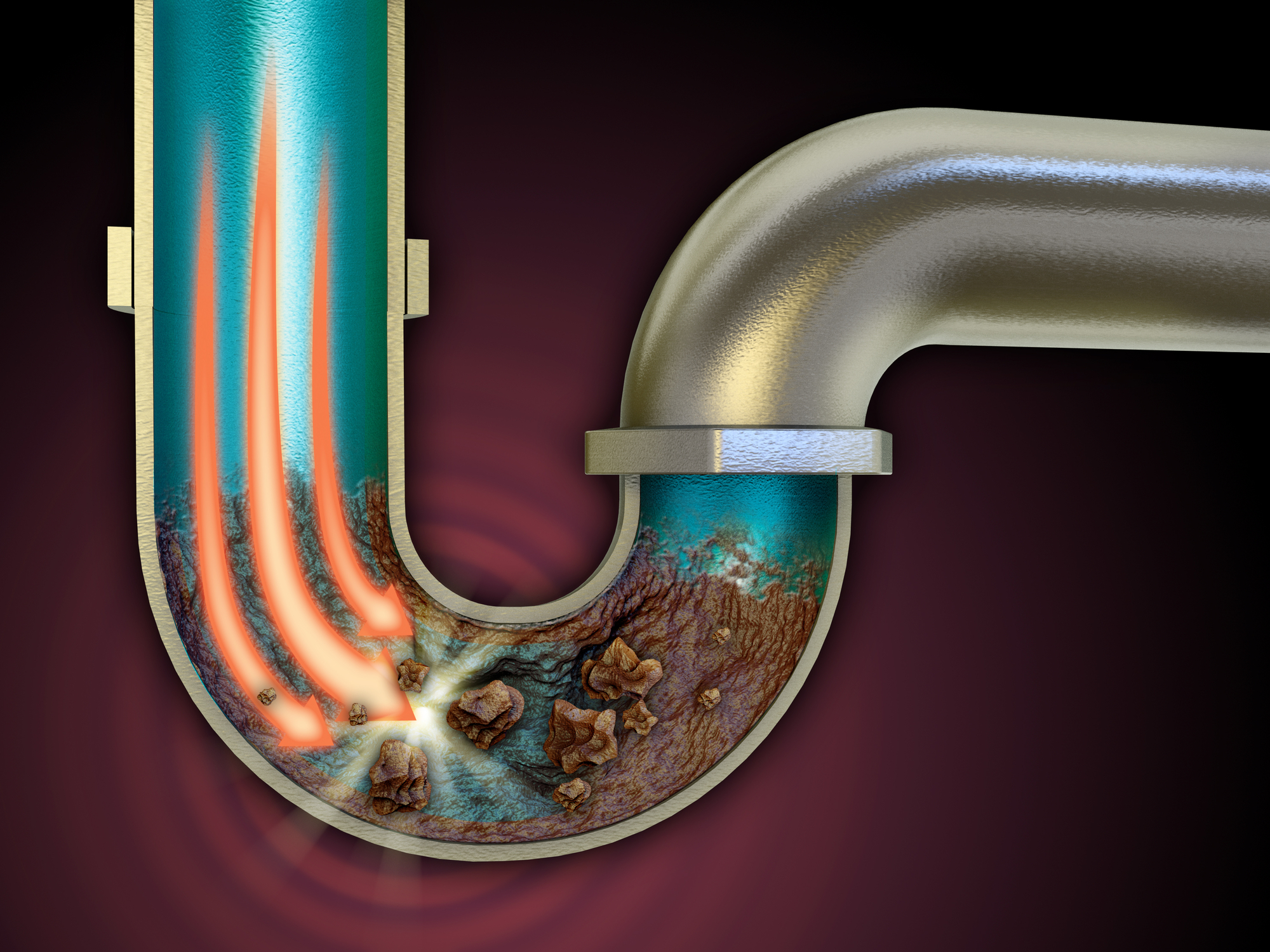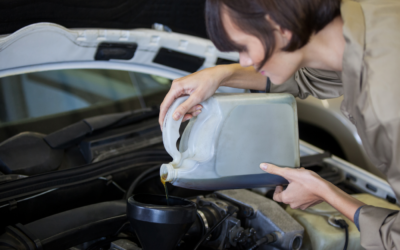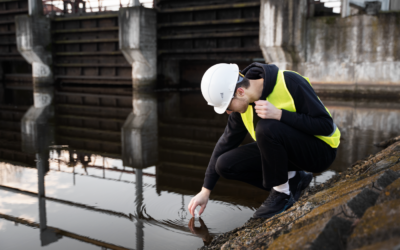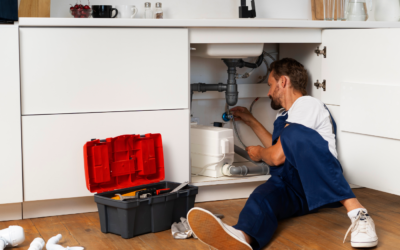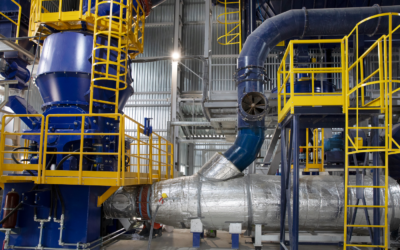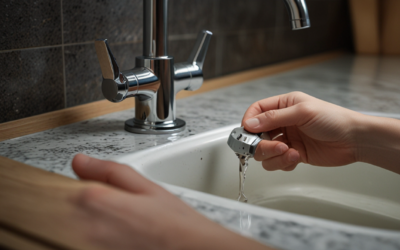Drains are an essential part of any plumbing system. They work together with pipes to ensure that water and other liquids are transported efficiently and safely. If your drains are not functioning correctly, it can result in clogs, leaks, and flooding. Therefore, understanding the different types of drains and their maintenance needs is critical to keeping your plumbing system in top shape. This article will cover seven common drain types and maintenance tips to help you keep them in good working condition.
1. Sink Drain
Sink drains are the most common type of drains in homes and commercial buildings. They are usually located in the kitchen and bathroom and are designed to carry away dirty water from sinks, dishwashers, and washing machines. Sink drains work by draining water into a trap, which keeps sewer gases from escaping into the room. The trap then leads to the sewer system. The best way to maintain sink drains is by avoiding putting food scraps and grease down your sink. This can cause blockages and lead to clogs.
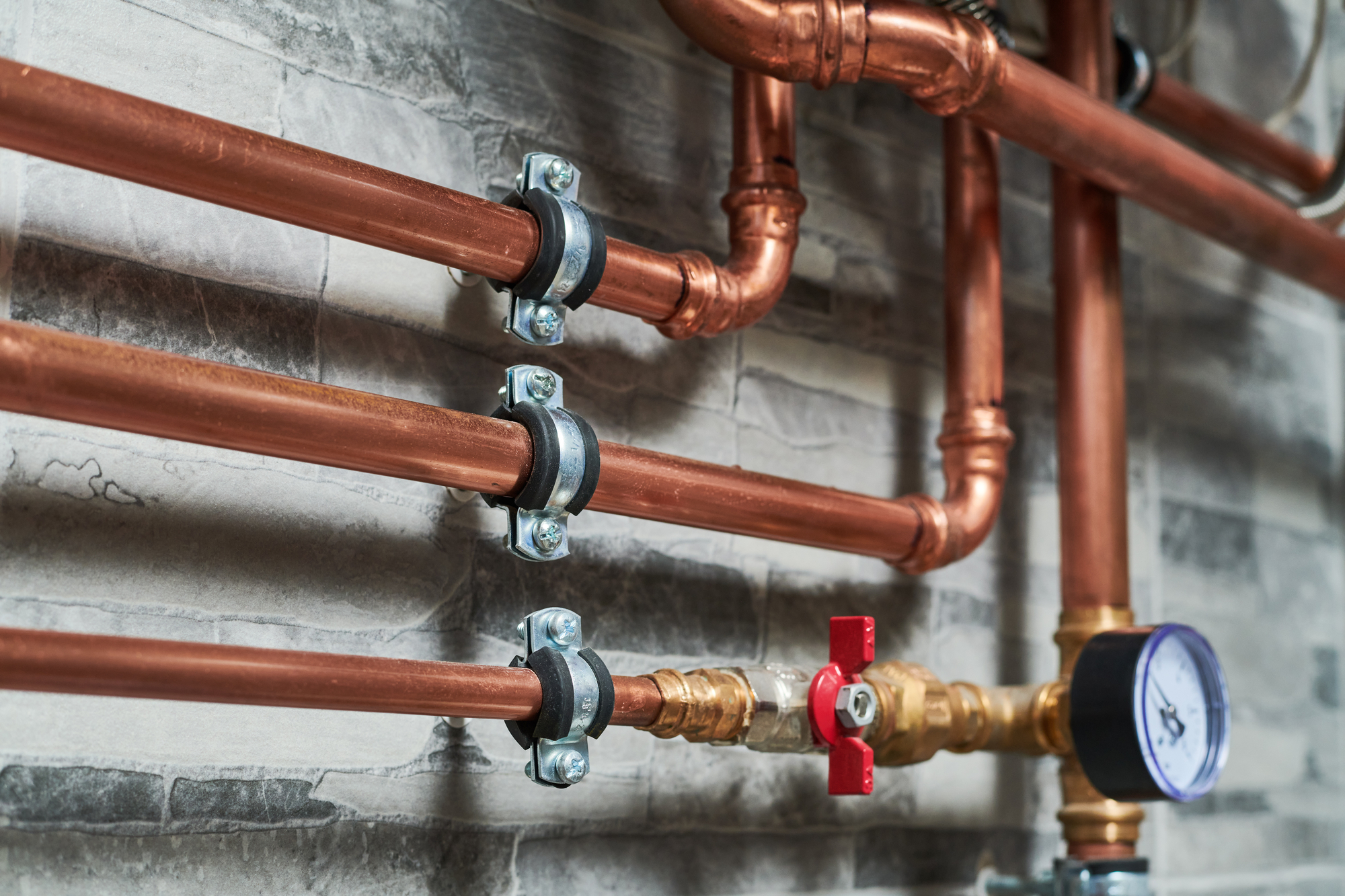
2. Shower Drain
Shower drains are found in bathrooms and are designed to remove the water that comes out of showers and baths. The water goes through a drain and is transported into a pipe that leads to the sewer system. To maintain shower drains, ensure that you remove hair and soap scum regularly. A buildup of these can lead to blockages, which can cause water to back up and flood the bathroom.
3. Bathtub Drain
Bathtub drains are similar to shower drains and are designed to remove the water that comes out of bathtubs. They work the same way as shower drains and go through a drain and then a pipe that leads to the sewer system. To maintain bathtub drains, ensure that you remove hair and soap scum regularly.
4. Toilet Drain
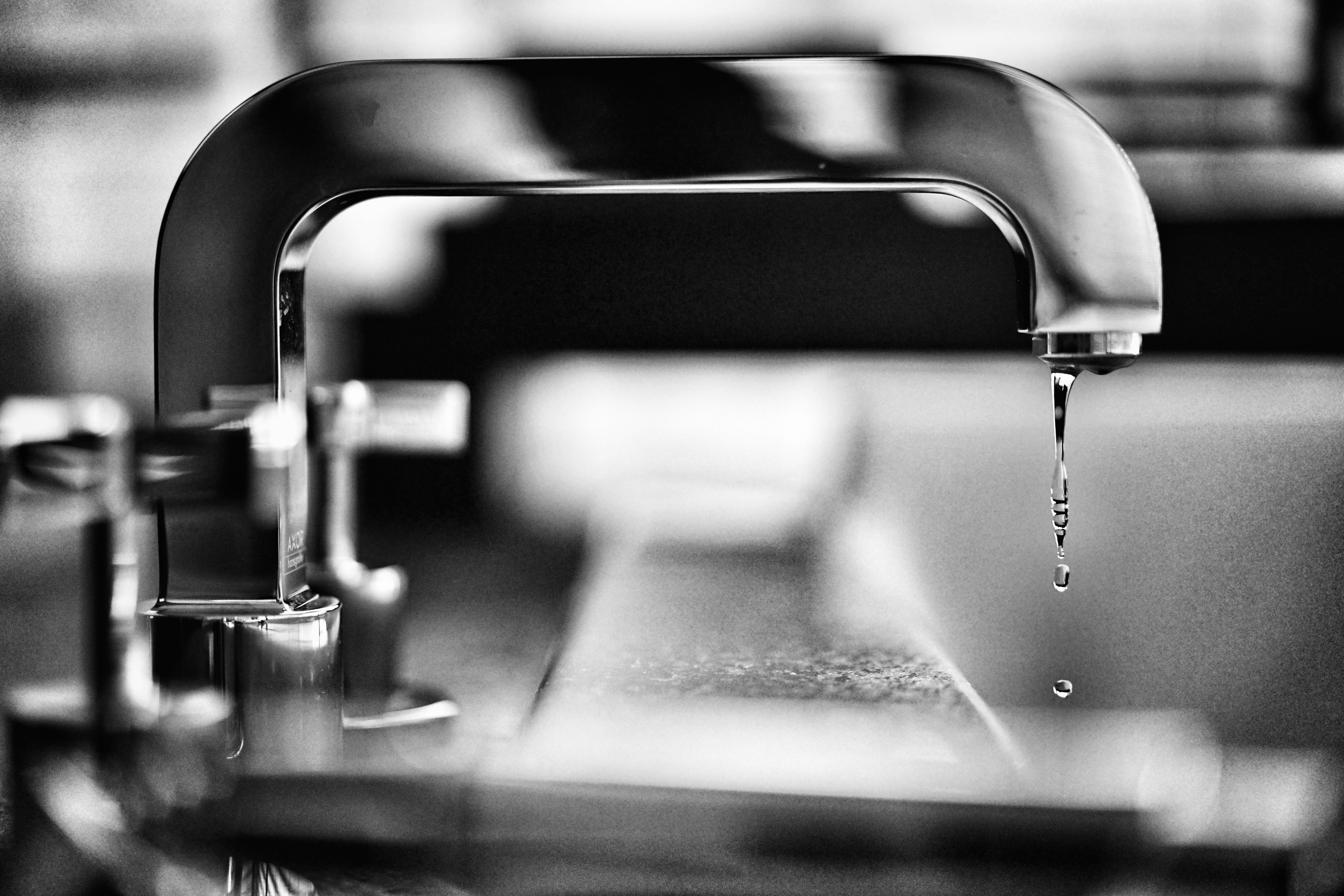
Toilet drains are designed to transport waste from the toilet to the sewer or septic tank. They are usually larger than sink and shower drains and can become clogged with toilet paper, waste, or foreign objects. The best way to maintain toilet drains is by avoiding flushing anything other than toilet paper and human waste.
5. Floor Drain
Floor drains are commonly found in basements, garages, and other areas where water can accumulate. They are designed to remove water that has spilled or accumulated on the floor. To maintain floor drains, ensure that you clean them regularly to remove debris, dirt, and other materials that can lead to blockages.
6. Backflow Prevention Drain
Backflow prevention drains are designed to prevent contaminated water from flowing back into the potable water supply. They are commonly used in commercial buildings, especially those with chemical or industrial processes. To maintain backflow prevention drains, regular inspections and testing are required to ensure that they are working correctly.
7. Storm Drain
Storm drains are designed to remove rainwater and other surface water runoff from roads, rooftops, and other paved surfaces. They are commonly found in urban areas and are essential for preventing street flooding. To maintain storm drains, ensure that they are clear of debris and other materials that can lead to blockages.
Conclusion,
Maintaining your plumbing system can seem daunting, but it doesn’t have to be. Regularly checking and cleaning your drains can go a long way to ensuring that your plumbing system works efficiently and safely. Understanding the different types of drains in your home or commercial building and their maintenance needs can help you avoid costly repairs and keep your plumbing system in excellent working condition.
If you need help maintaining or repairing your drains, contact Ace Plumbing Repair at (844) 711-1590 or visit our website at aceplumbingrepair.com. Our experts can help you with any plumbing issue you may have, from clogged drains to water heater repair.

